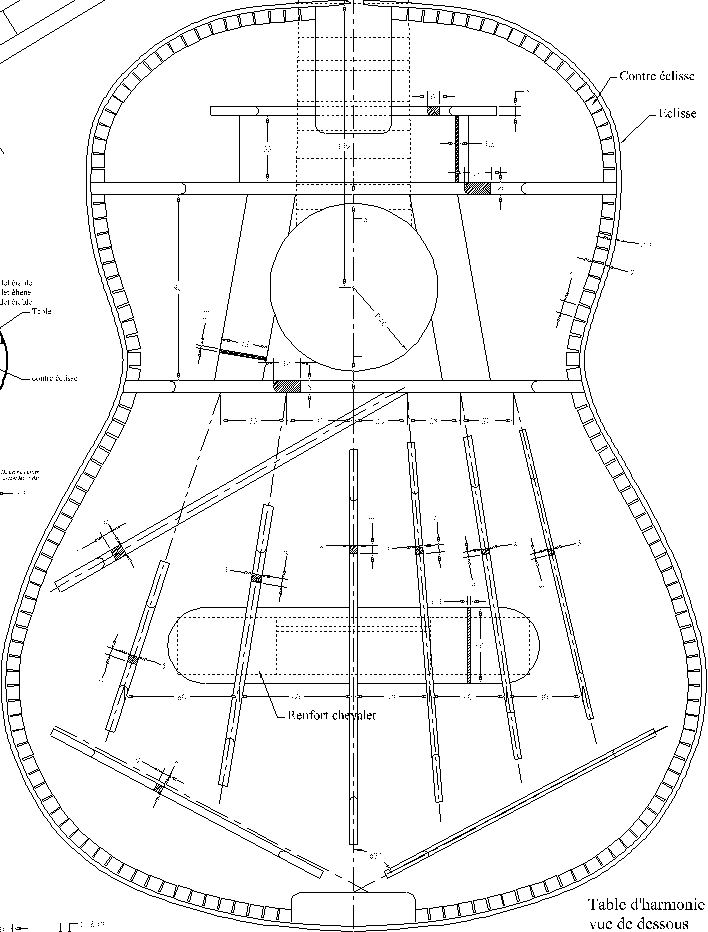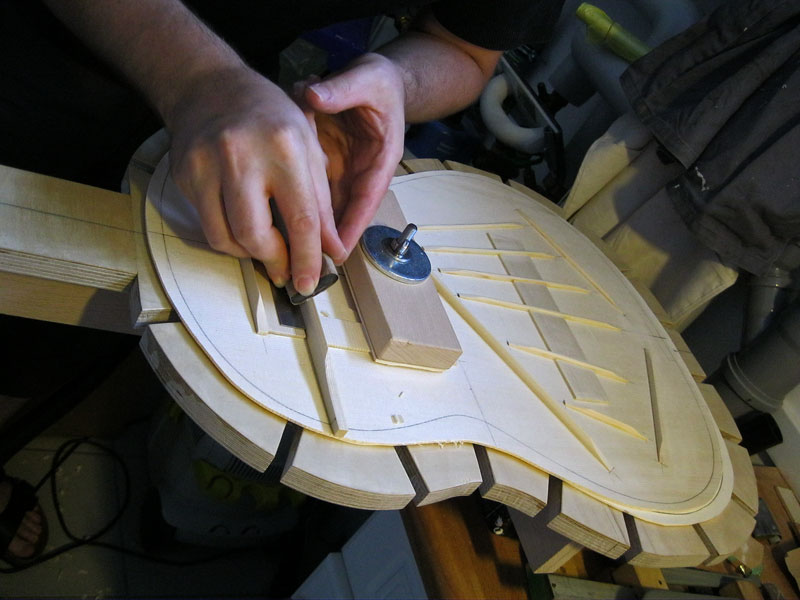|
Vince -> RE: Building a classical guitar for the first time (Jan. 29 2016 6:54:41)
|
Anders:
"Over engineered" is perhaps not what I really wanted to express.
In most cases, people are inspired from fancy or flashy designs and the idea is close thereby to get something very special.
Basically we should study the guitars made by other luthiers and their type of construction certainly. I’m sure we can learn a lot from doing this. The idea, however, to copy these guitars and achieve the same result is in my view wrong.
The popular Luthiers have themselves often copied ideas. Gradually experiences were collected and, for example, the bracing pattern would be changed slightly. So these guitars become what they are today.
In my opinion, especially the Bracing Pattern is overrated. There are so many variations of it and many are good and have been successful in building excellent guitars.
The bracing pattern alone is not so important, it need the right boundary conditions (weight of the bridge, thicknesses of the top, Kerfings etc.).
Amazing how similar the guitars sound with different bracing when they were built by the same luthier.
A guitar is just a synthesis of the arts. To get some inspiration and ideas by others is good, but these need to be integrated fully into its own building concept meaningful.
Conclusion: Almost every plan is good to start a project. Feeling, individuality and a sense of proportion in the construction will lead to success. And if not, then the next time ;-)
|
|
|
|


